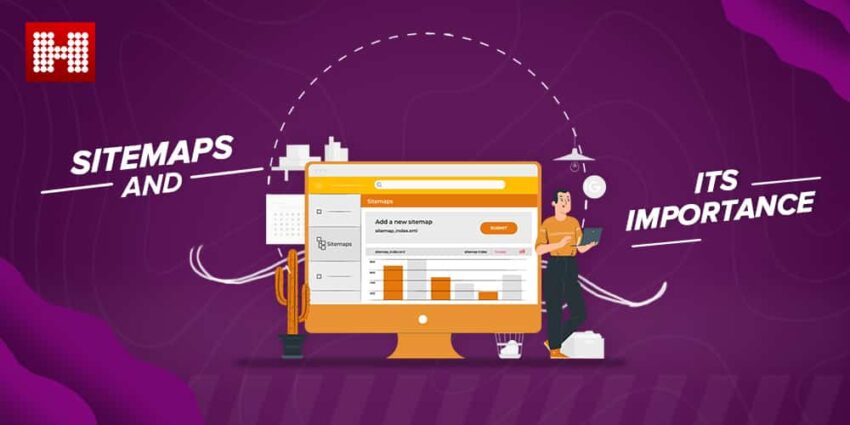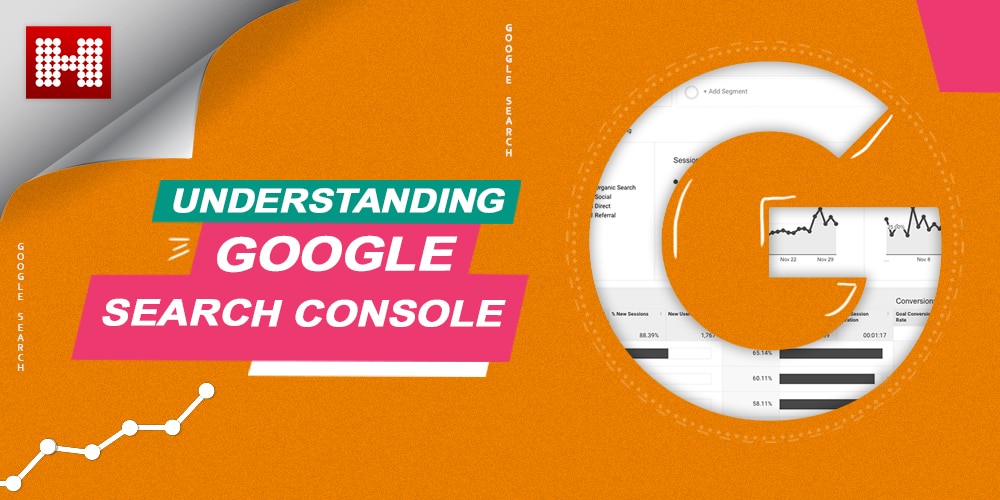
It taking only 5 minutes to do this, understanding a Sitemap and informing Google brings a lot of practical advantages. Hence, whenever you launch a new website, remember not to skip Sitemap. In this blog, we will show you what a Sitemap is and why you need to have it on your website, along with Some best practices of XML Sitemaps.
What is a Sitemap?
Sitemaps are a useful tool for a website’s administrator to notify search engines of the existing content on the website (available for crawling) to help searching tools collect data. Sitemaps help Google bots to look through all over your website to make an index, which brings scores of advantages to our SEO strategy. Additionally, Sitemap HTML helps users to search for information more easily.
Also, sitemaps include XML or HTML files stating all of the URLs of the website and also super data for each URL. Like:
- When do you last update your website?
- Level of change frequency of the content?
- Importance level of the content?
This will help searching tools like Google to collect and process data more smartly and accurately.
Importance of Sitemap
Data collecting networks typically detect contents of websites from the internal links of the website, or other websites linking to it. Sitemaps will provide data so that searching tools can pick the entire link and understand related data. Using Sitemaps does not ensure that your website appears on the searching tool. Yet, it will help searching tools process data, contents, and other information on the website more rapidly and correctly.
Creating a Sitemap is very beneficial for new websites. Because new sites always encounter difficulties of the index (just a few backlinks thus Google bots cannot get accessed). A sitemap will, on behalf of you, notify Google that “I have a new website. Pay a visit and index my site.”
For old websites, an XML sitemap will help Google to know the website’s update frequency, improve your website, and have a more general view from searching tools; hence, a more precise rank will appear on the searching results.
Types of sitemaps
- XML Sitemap: is specially created for searching tools. It informs searching tools of the website’s structure, content update frequency, and more prioritized page.
- HTML Sitemap: It is used for users to know the map of your website and find information more easily.
Common Misconceptions About XML Sitemaps
Let’s address two prevalent misconceptions before we dive into how to generate a sitemap, what to include, and what to exclude.
Every Page Should Be included sitemap should showcase a website the most pages. The pages of your website that you want to find on search engines must be included in the Sitemap.
You should split your website pages into two levels: those you want users to land on from search engines, and those you do not.
- Every Page Included Will Be Indexed: Just because you have included a URL in your Sitemap does not guarantee it’s being indexed.
- Even if you have eliminated a URL in Sitemap, still search engine crawlers may index the page.
XML sitemaps are simply a suggestion to crawlers. It’s essential to keep in mind that your site sends lots of other signals to crawlers if you don’t want a page indexed.
Best Practices of XML Sitemap
We have a good idea of an XML sitemap, and we have looked at a couple of common sitemap misconceptions. Also, Let’s look at the best practices.
Use a Tool to Generate Your Sitemap
The first step to well-utilizing sitemaps is to generate one. Unfortunately, they are not just magically created. Also, you have a couple of choices to do so: If you have a WordPress website, this is a no-brainer. Similarly, yoast SEO gives a free plugin to help you with canonicals, on-page optimization, indexing, and sitemap generation.
Submit to Google Search Console
Now you have a sitemap, and you may be questioning what to do with it. First, you have to submit it to Google Search Console. It will help Google crawl and index your site. this does not ensure every page added will be indexed, or that every page excluded will be eliminated from the index.
Prioritize High-Quality Pages
When it comes to the website ranking, it would seem that Google considers the value of the page not only in questions but also in the overall quality of a website. Also, It’s possible that Google would take this as a signal that the massive majority of your website contains low-quality content. This is hurting your chances of ranking your most essential pages well.
- Include and index pages you want to be found through search engines
- Exclude and no-index pages you wouldn’t want to be found through search engines
Use Noindex
Speaking of including and excluding pages, it’s essential to be constant. Also, Including a page on your Sitemap yet telling search engines not to crawl it is not the right way. If you don’t want to include a page in your Sitemap, leave it off and ensure it’s not being indexed.
Consider Crawl Budget
Speaking of your crawl budget, it’s essential to keep this in mind when considering what pages to add or not in your XML sitemap.
Add a crawl budget has to do with what Google suggests to as a “crawl rate limit.” In other words, Google bots cannot just crawl every single page on the web anytime they want. There are limits both to your site servers and Google’s servers.
If you have a huge site (we’re talking a few thousand URLs), you’ve got to be much more careful when choosing which pages to include than most websites on the web that have far fewer pages.
Keep following us for more tech news! Check out our Social Media Pages
Was this helpful?
Last Modified: January 31, 2025 at 10:47 am
372 views











